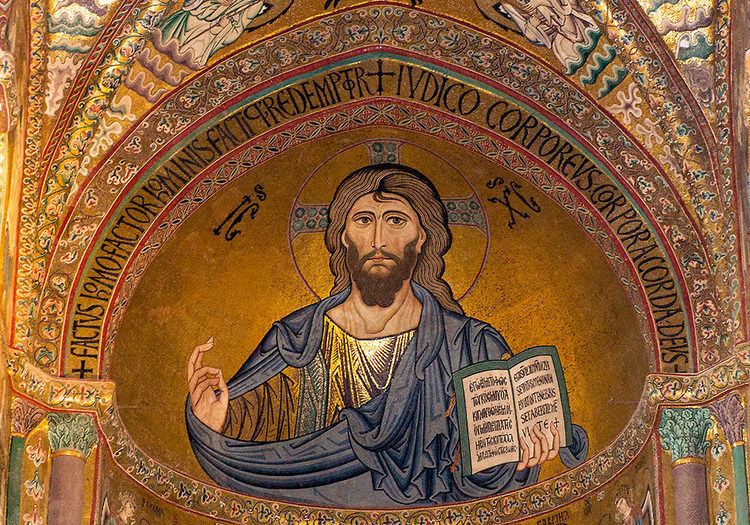Tonight, we are concluding our discussion of the First Creation Story found in Genesis 1:1-2:3 by discussing how the New Testament takes this story and applies it to Jesus. We will be looking primarily at Paul’s introductory Christological hymn in Colossians (Col. 1:15-20) and John’s Gospel Prologue (John 1:1-18). Please read these selections for Tuesday and think through how the writer uses the creation story to tell us who the Son is and what the Son’s purpose is in becoming Incarnate.
COLOSSIANS 1
In Colossians, Paul describes Jesus Christ within creation as follows: a) the image of the invisible God, b) the first-born of all creation, c) in (not by) him all things were created, d) through him all things were created, e) for him all things were created, f) he is before all things, and g) in him all things hold together. Paul’s purpose in telling us this is to tell us that, Jesus Christ is v) where the fulness of God dwelt, w) the first-born from the dead, x) the head of the church, y) the agency through whom all things of creation were reconciled to himself, and z) the means of making peace with all things of creation. Paul wants us to understand Christ’s role in the creation of all that is, so that we may then understand his role in the reconciliation of all that there is. Jesus restores everything to its original condition because he made everything initially.
JOHN 1
The first three gospels all begin in this world: Mark at Jesus’ baptism, Matthew with Jesus’ Abrahamic genealogy, and Luke with the story of John the Baptist’s nativity. John begins his Gospel at the cosmic level with the same words as Genesis: “In the beginning.” And in this beginning, John locates the Logos which will become Incarnate in Jesus. Like Paul, John professes that all things came into being through this cosmic Logos. John describes the Logos as “life.” The word used is zoe (self-existent, eternal, divine life) not bios (physical life) or psyche (soul, breath, or personhood). “Life” means more than mere living, but means to actively take part in the Divine itself. John also says that the Word is “light” (going back to the first day of Creation). But this “light” (phos) is not merely photons, but is the enlightenment (phótizó) by which we see and understand God. For John, this creative life and light give us the power to also become the Son of God.
For as in Adam all die, so also in Christ shall all be made alive. . . . For he must reign until he has put all his enemies under his feet. The last enemy to be destroyed is death. For “God has put all things in subjection under his feet.” . . . When all things are subjected to him, then the Son himself will also be subjected to the one who put all things in subjection under him, so that God may be all in all.
1 Corinthians 15:22-28

